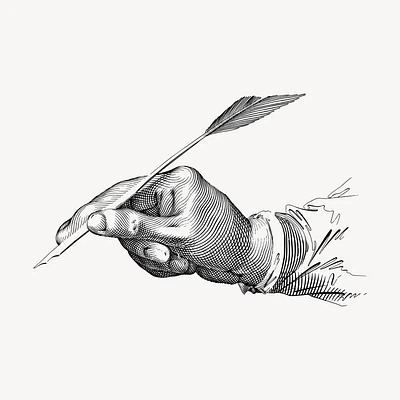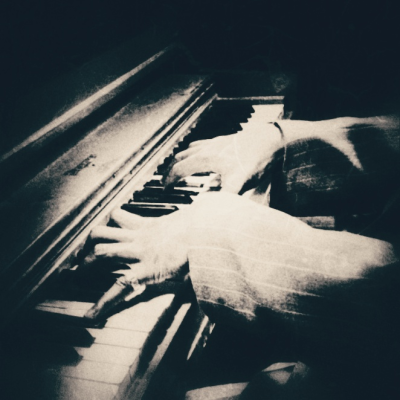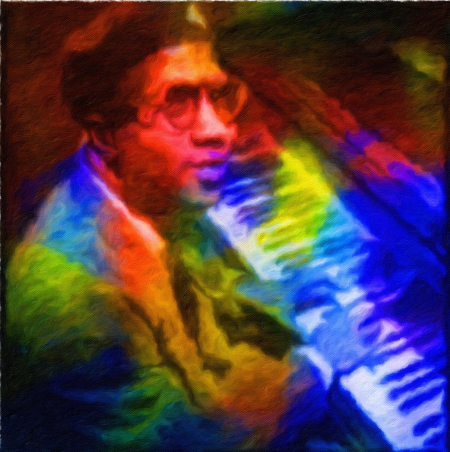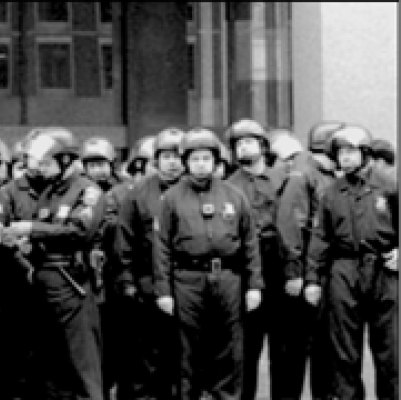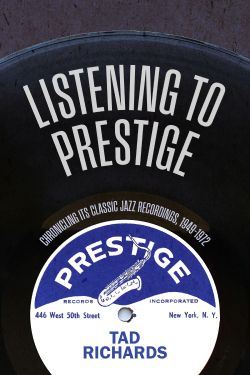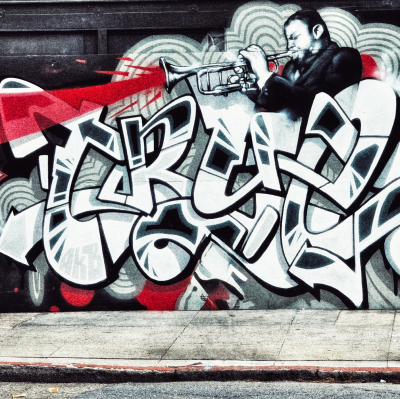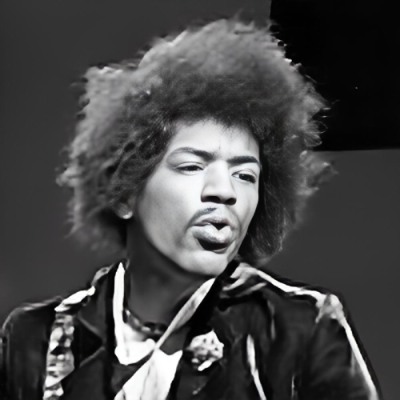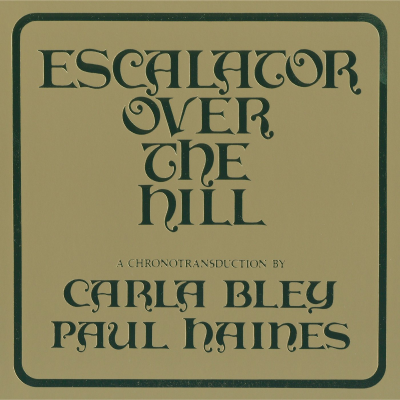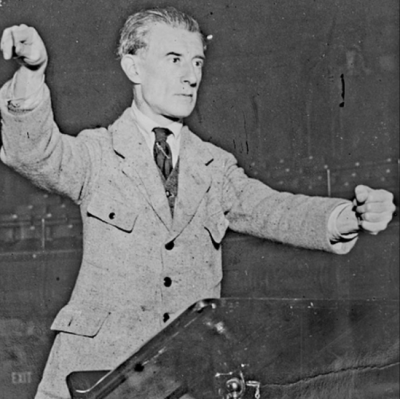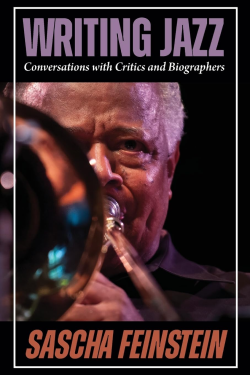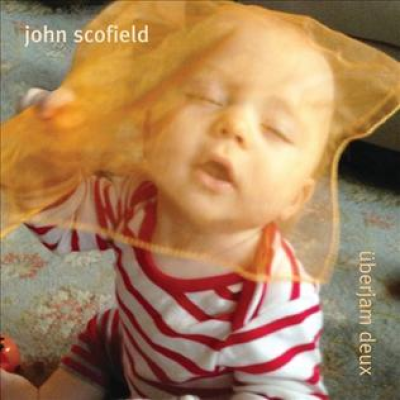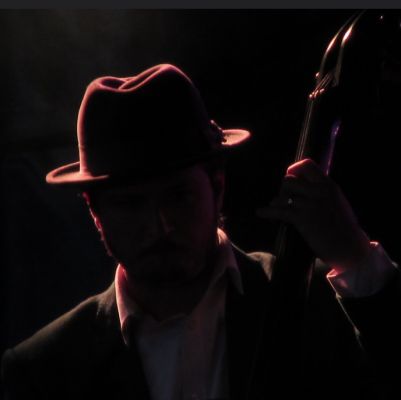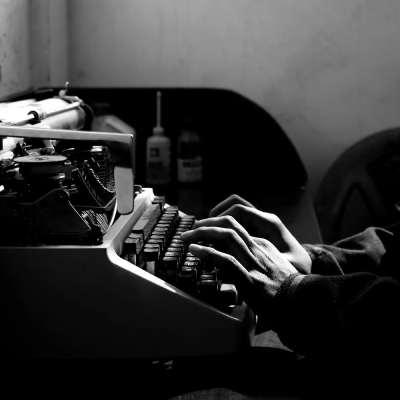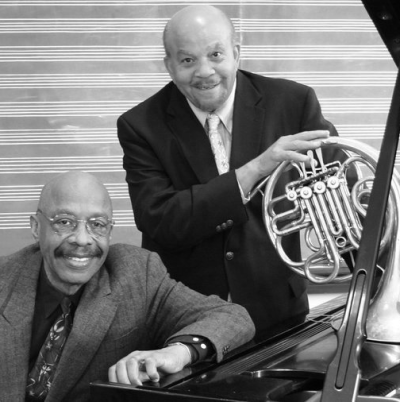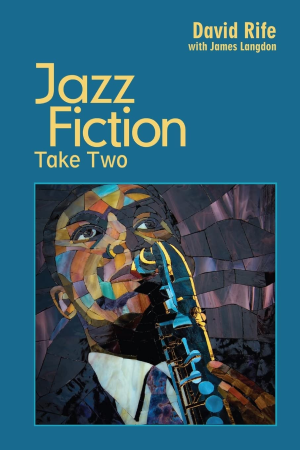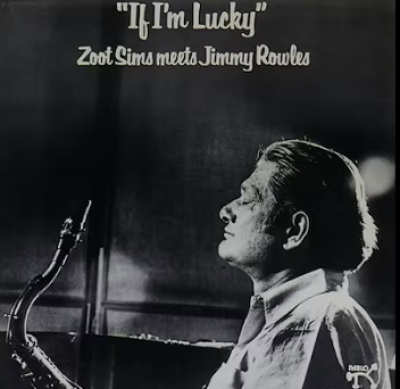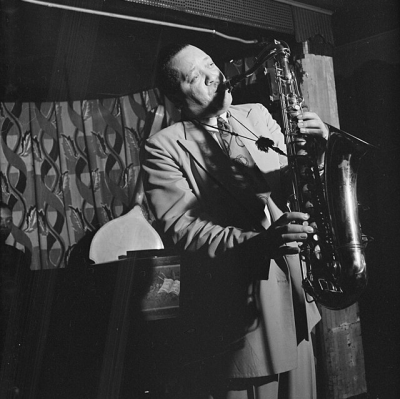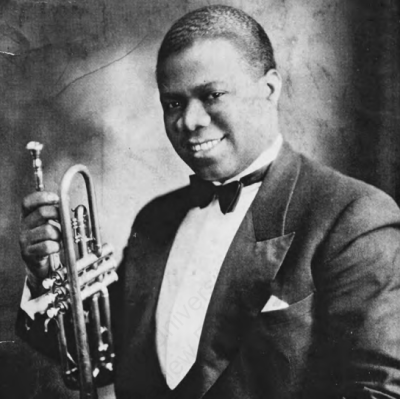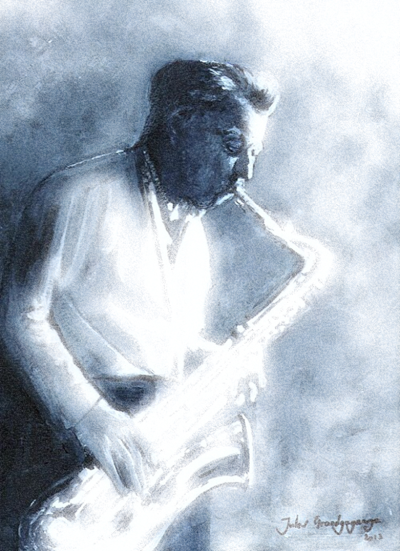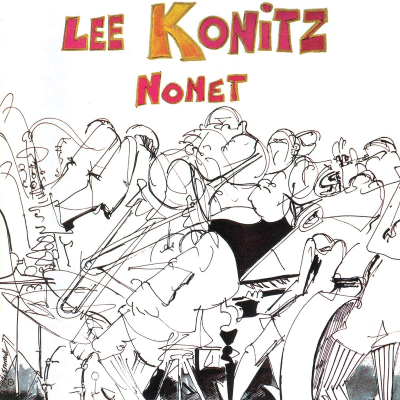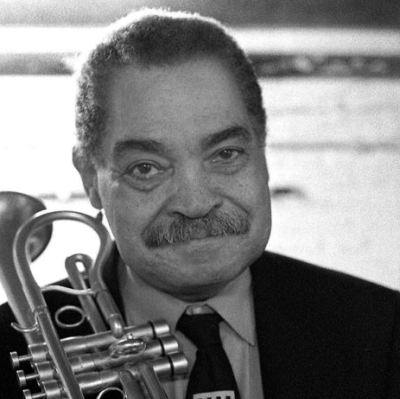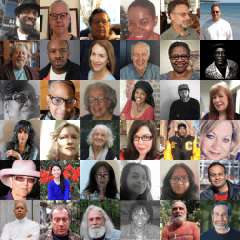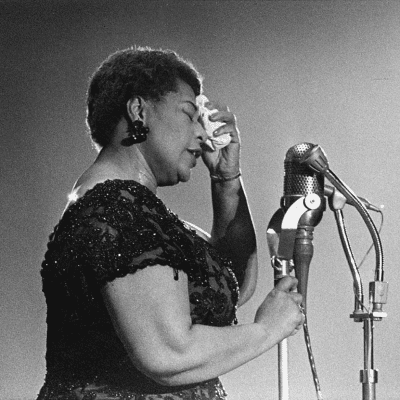.
.
“The Magic” by Mark Bruce is an excerpt from his novel The Return of Edsel Eddie. The author shares that the events within it actually happened to him in a slightly different way. Same song. Same disinterested crowd that suddenly hung on every word. Same spooky feeling.
.
.
___
.
.

.
The Magic
by Mark Bruce
.
…..Most bands know how to make music. They learn to play together so that it sounds good and maybe even get some gigs. Most bands know that you have your chord progressions and your 4/4 beat and your verses and bridges. Some bands even have a guy (or a woman, like Chrissy Hynde) who writes songs.
…..So what gives some bands the leg up into the Top 40?
…..As a songwriter, I’ve always thought it was the great song. Most bands who are not the Beatles have one great song, about four good ones, and the rest is either mediocre or shit. If they’re lucky, they get two.
…..You don’t believe me? Okay, what about the Knack? They had the record company behind them 100%. They had lots of money for promotion. They did their best to imitate the Beatles. And they had one great song: “My Sharona.”
…..Okay, one great annoying song. But try to remember any other Knack song you ever heard. “Good Girls Don’t”? That was just warmed over Sharona. The problem with that band is they didn’t know shit from Sharona.
…..Kansas, you say? Okay, a band named after a mid-western prairie state. They actually had three: “Dust in the Wind,” “Carry On, Wayward Son,” and “Come Sail Away.” And they were all on the same album. Which is why Kansas sold millions of that first record and now tour State Fairs.
…..Don’t get me wrong. You can make a nice little living on one great song.
“Easy Livin'” gave Molly Hatchet a long career, but you can’t name any other song of theirs.
…..I could go on, but why? My point is that you find the magic where you can get it. You’re never really sure until you go out and play the song for the masses. Most of your songs land like wet fish into the audience, though if you rock hard enough, they’ll cheer for you anyway. But there’s that one song that will spook them, get under their skin, make them weep and shout and remember your name.
…..For Edsel Eddie and the Mercuries it was my song “Invite Me in to Dance,” a song I thought was lovely and sweet but not much more than a little interlude between all the rockabilly. Until we played it live.
…..We were playing a gig at a San Francisco nightclub whose name I can’t remember. The place was full of drunken law students who had just finished taking the bar. They were more interested in getting drunk and getting laid than any goddamned rock and roll band.
…..So we went through our set, which was entertaining enough to keep them in the building. They danced to some of the oldies we played–”On Broadway,” “Save the Last Dance,” “Memphis.” And our originals went down pretty well–”Can’t Rock and Roll” went so well that we played it for fifteen minutes, most of which was a chainsaw solo but the students were ok with that, so long as it went down smoothly with the beer.
…..Ruth sang her little breakup song and Leslie sang her uptempo let’s fuck song and it was going okay. Nothing to make the Rock Historians think twice about us, but good for a Friday night gig.
…..I had just brought “Invite Me in to Dance” to rehearsal two days before. We didn’t intend on putting it into the set list. But about the middle of the third set, the band needed a break. So they put down their instruments as if this was preordained. Bogie went to the mic and said, Now Ladies and Gentlemen, the softer side of Edsel Eddie. He will sing for you his song, “Invite Me in to Dance.”
…..I looked over at that Devil as Leslie handed me her acoustic guitar, already plugged in.
…..The crowd really wasn’t paying attention. We noticed after each song there was decent applause but then the buzz of conversation. Nothing we did could stop that conversation. And that’s how you know you’ve completely lost the audience, even if they applaud politely.
…..So there I am on stage, standing alone with Leslie’s guitar as the rest of the band went for a drink or a doobie or a line, depending on their vice of choice. I could’ve used a sip or two of Modelo, but being the leader of the band means that the rest of the band gets to fuck around while you stand there like a fool.
…..Okay, I thought to myself. Nobody’s listening anyway. If the song sucks, they won’t even notice. I might add that when I played the song for Bogie and Leslie and Ruth at rehearsal, all of them were underwhelming in their praise.
…..“It’s okay,” Ruth said. That was the most enthusiastic reception.
…..So I’m strumming the opening chords–a G, an E minor, the C, then a B7 to throw you off. Back to the E minor, to an A, then to the C, the A minor, then the D. A nice little circle of chords that I planned on using for a better song someday.
…..When I came around again, wearing my trademark dark glasses and stripped down to my wife-beater t-shirt, I faced the mic and sang:
Baby, here I am
Your long lost, mixed up, no good lover man.
I want to love you any way I can.
And baby, there you are
And like a sailor steers his course by star
The thought of you has brought me back this far.
I know you don’t trust me now,
But if you let me stay
We’ll talk and laugh,
I’ll steal a kiss,
We’ll dance for old time’s sake.
…..Wearing dark glasses on stage has its advantage–you can close your eyes so that you don’t have to see the audience ignoring you. But as I sang, I got a weird sensation. The room had quieted. And not because everyone had left. I launched into the chorus not knowing what to expect.
I’ve been so lonely.
‘Cause it’s been a while since we danced all night
So I’m not sure that I can do this right
But I hope you love me
And I’m begging you to give me one more chance.
Please would you invite me in to Dance.
Please would you invite me in to Dance.
…..The room was absolutely still. I snuck a peek at the audience and I almost fell over. They were looking at me, absorbing everything I was singing. Their eyes glittered. The women had soft expressions on their faces. The guys all leaned forward. They hung on my every word, to use a terribly worn cliche. Yet I felt like every time I launched a new line out there, they grabbed hold of it like a lifeline.
Baby long ago
We loved and laughed and danced till morning’s glow
But I went crazy and I let you go.
Babe, the world is cruel
And other lovers played me for a fool.
The only truth in life I’ve found is you.
Maybe I have learned a lot
From all that I’ve been through.
I’m hoping that you need me, now
Cause darling, I need you.
…..My eyes were wide open now, scanning my congregation, giving them the word from on high, the message from the God of Song. I knew I could do no wrong because He was with me, burning through me, sending tongues of light above the head of every member of the audience.
We’ve been so lonely
‘Cause it’s been a while since we danced all night.
So we’re not sure that we can do this right.
I hope you love me
And I’m begging you to give me one more chance.
Please would you invite me in to dance?
Please would you invite me in to dance?
…..I paused and hit the C to suspend everything.
Please…
…..A little pause.
Would you invite me in…
…..A little longer pause as I smiled knowingly.
To Dance….ending on the E minor.
…..I bowed my head as the roar of applause washed over me like a baptism.
…..And that was the magic.
.
.
___
.
.

Mark Bruce works as a solo practitioner in San Bernardino, California. He has worked in various Public Defender offices across the state and has tried nearly 150 jury trials as well as thousands of court trials. He won the 2018 Black Orchid Novella Award for his story “Minerva James and the Goddess of Justice.” Ten Minerva James short stories have been published in magazines such as Alfred Hitchcock Mystery Magazine, Black Cat Mystery Magazine, Sherlock Holmes Mystery Magazine and in three Dandelion Revolution Press anthologies. He lives in Barstow with a stuffed mermaid named Mariah and his writing support dragon Ferdinand. His only son lives in Michigan with a wife, a child, and a Ph.D in Aerospace Engineering. That’s right. His son is a rocket scientist.
.
.
.
___
.
.
Click here to help support the continuing publication of Jerry Jazz Musician, and to keep it ad and commercial-free (thank you!)
.
Click here to read “Bluesette,” Salvatore Difalco’s winning story in the 67th Jerry Jazz Musician Short Fiction Contest
Click here to read more short fiction published on Jerry Jazz Musician
Click here to read The Sunday Poem
Click here for information about how to submit your poetry or short fiction
Click here for details about the upcoming 68th Jerry Jazz Musician Short Fiction Contest
Click here to subscribe to the Jerry Jazz Musician quarterly newsletter (it’s free)
.
.
.
___
.
.
Jerry Jazz Musician…human produced (and AI-free) since 1999
.
.
.






